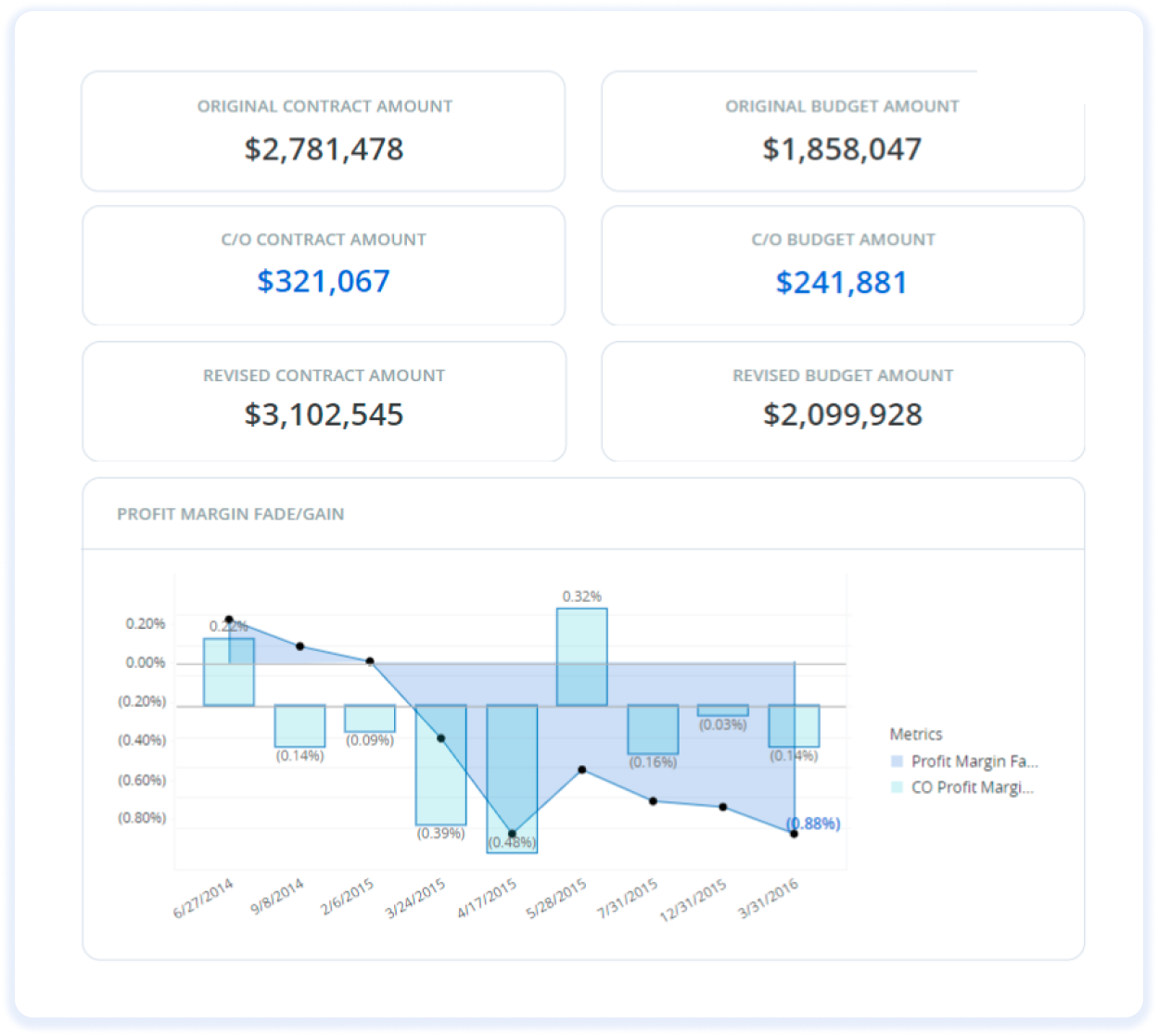A change order in construction is a crucial document used to formally alter the original agreement of a construction project. This document meticulously details the necessary changes in the scope of work, cost, and schedule. Whether due to unforeseen site conditions, design modifications, or client requests, change orders ensure that all parties know and agree to the adjustments.
Typically, the construction contract outlines the change order process, providing specific guidelines on managing and processing these alterations. Following these contractual stipulations is essential to maintaining order and clarity throughout the project.
Change orders do more than modify the project scope and timeline—they can significantly impact a contractor’s liability and financial standing. Mismanagement of change orders can put a contractor’s payment at risk and potentially lead to disputes. Therefore, understanding and effectively handling change orders is vital for maintaining project integrity and ensuring successful project completion.





